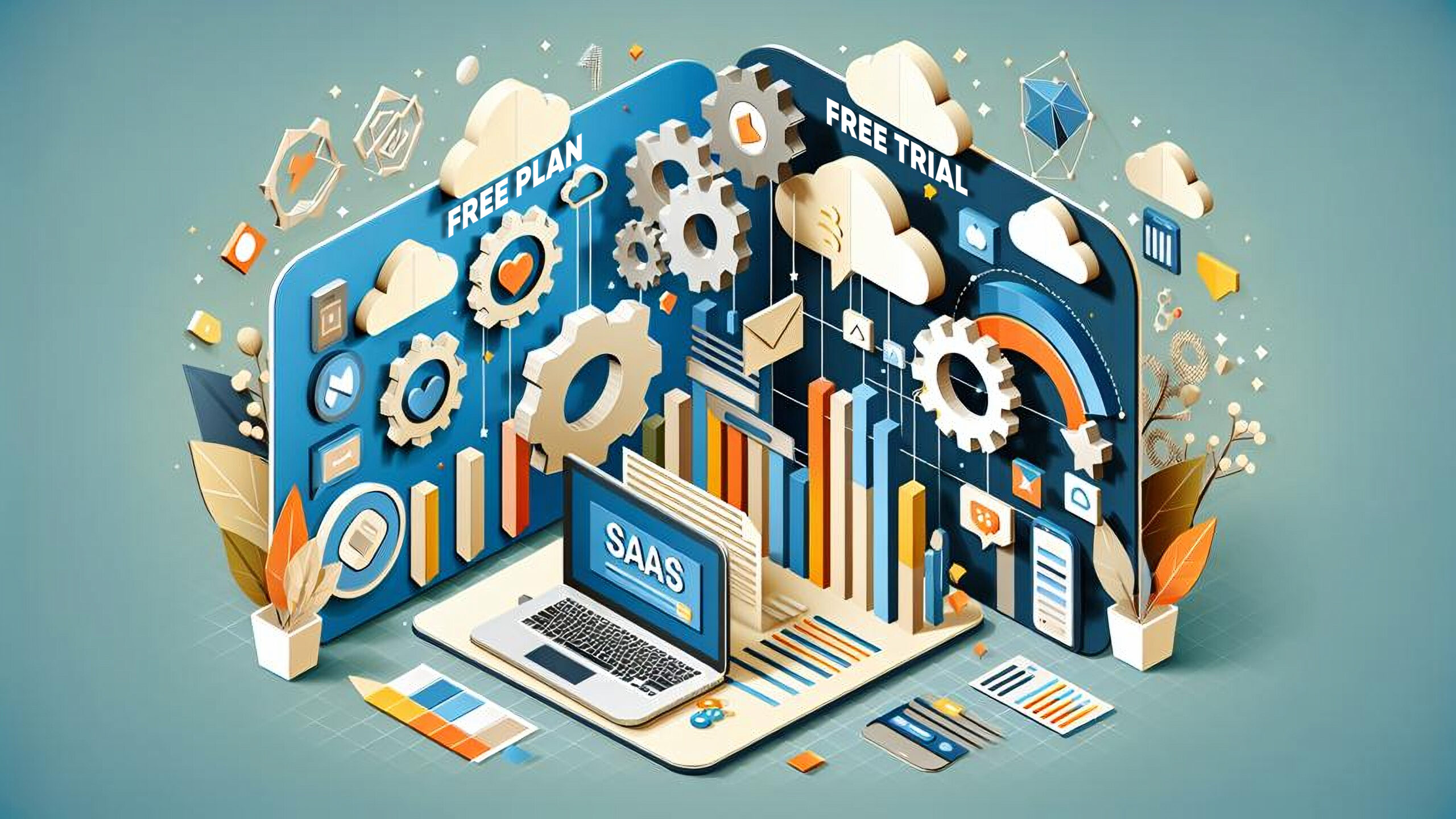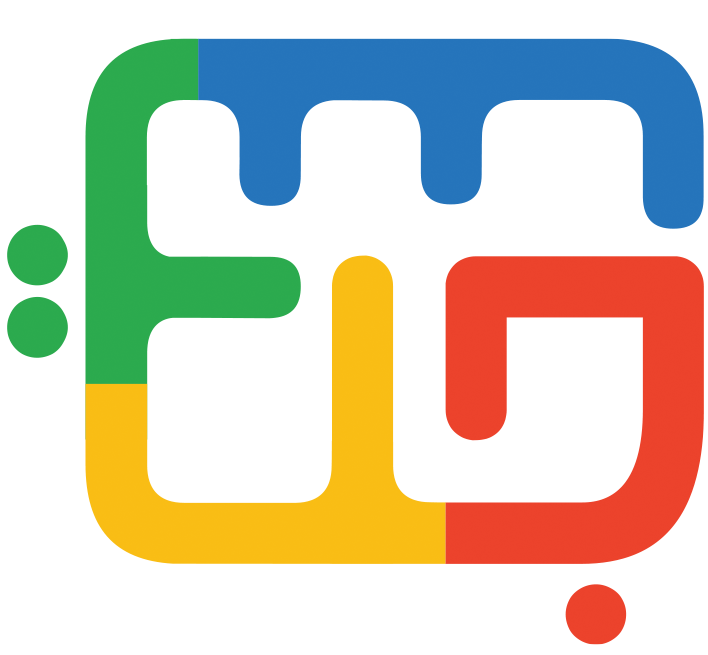In the world of SaaS, pricing isn’t just about numbers. It’s about psychology, behavior, and experience. One of the most debated questions for product and growth teams is this: Should we offer a free trial or a free plan?
Both approaches are popular. Both can work. But their impact on user behavior, business growth, and product perception is very different.
Let’s explore the real difference and how UX plays a central role in making the right decision.
Free Trial: A Taste of the Full Experience
A Free Trial allows users to explore all or most of your product’s features for a limited time, often 7, 14, or 30 days. The idea is to showcase the value upfront and convince users to convert once the trial ends.
From a business angle, it works well when your product’s value is immediate and easy to grasp. Think of Shopify. A user can build a store, test the platform, and experience the power in days.
But here’s the UX risk: urgency without clarity.
Research from Totango shows that 75% of free trial users never return after their trial expires, largely because they did not reach the product’s “aha moment” within the limited period.
Most users during a trial phase tend to explore casually. They know it’s temporary, and if they feel overwhelmed or unprepared, they may delay setup or engagement altogether. The result? Low activation rates, poor onboarding experiences, and a missed opportunity to build trust.
The clock is ticking, but the user journey is not designed to sprint.
As renowned UX designer Jared Spool said,
“Time pressure can kill the opportunity to truly engage with a product. Users need space to explore and understand value.”
Free Plan: A Long-Term Relationship Begins
A Free Plan gives users limited access to the product with no time pressure. It’s not a teaser, it’s a working version of your service with real value, available indefinitely.
This works beautifully when your product has long-term use cases or when users need time to understand its full potential. Notion is a perfect example. Users can adopt it slowly, build workflows, and naturally reach the limits of the free plan, at which point they’re more likely to upgrade.
From a UX perspective, this is a slower burn, but a more human one. Users aren’t rushed. They get to know the product at their own pace. The experience feels safe, stable, and low-risk, which builds confidence and brand loyalty.
Importantly, free plans often lead to higher retention of early users, because the relationship starts without pressure. And those who stick around long enough are more likely to convert because they’re already invested in their workflows.
According to a survey by Totango, users on freemium plans convert to paid customers at a rate 30% higher than those on free trials.
Where UX Meets Growth Strategy
Choosing between these two isn’t just a pricing decision. It’s a UX strategy.
Free trials put the pressure on users to act fast. That works when the onboarding is razor-sharp, the value is instant, and the product solves a clear, urgent need. But it can backfire if the trial ends before users feel ready, leaving a negative impression.
Free plans, on the other hand, require a product that delivers enough value upfront while keeping premium features hidden behind logical upgrade paths. If well-designed, users naturally move toward paid tiers, not because of pressure, but because of progress.
In both models, UX plays a critical role in:
- How users perceive value
- How fast they activate and engage
- How motivated they feel to upgrade
- How much they trust the product and its makers
Think of UX not just as design, but as a growth engine. The way you introduce your product, guide users, and support them during onboarding shapes everything: activation, conversion, and long-term loyalty.
The Smart Middle Ground
Some products experiment with hybrid approaches, offering a free plan plus a short premium trial at signup. Others allow users to unlock premium features temporarily, giving them a taste of what’s possible.
The best choice depends on your business model, your product’s learning curve, and your users’ behavior.
But whichever you choose, anchor it in user experience. UX is the lens that reveals what users need, how they behave, and when they’re ready to take the next step.
The pricing model isn’t just about money. It’s about moments.
So ask yourself: What kind of first impression does your product leave, and how can UX turn that moment into momentum?
As product leader Teresa Torres puts it,
“Delivering value early and often builds trust. That trust becomes the foundation for sustainable growth.”




